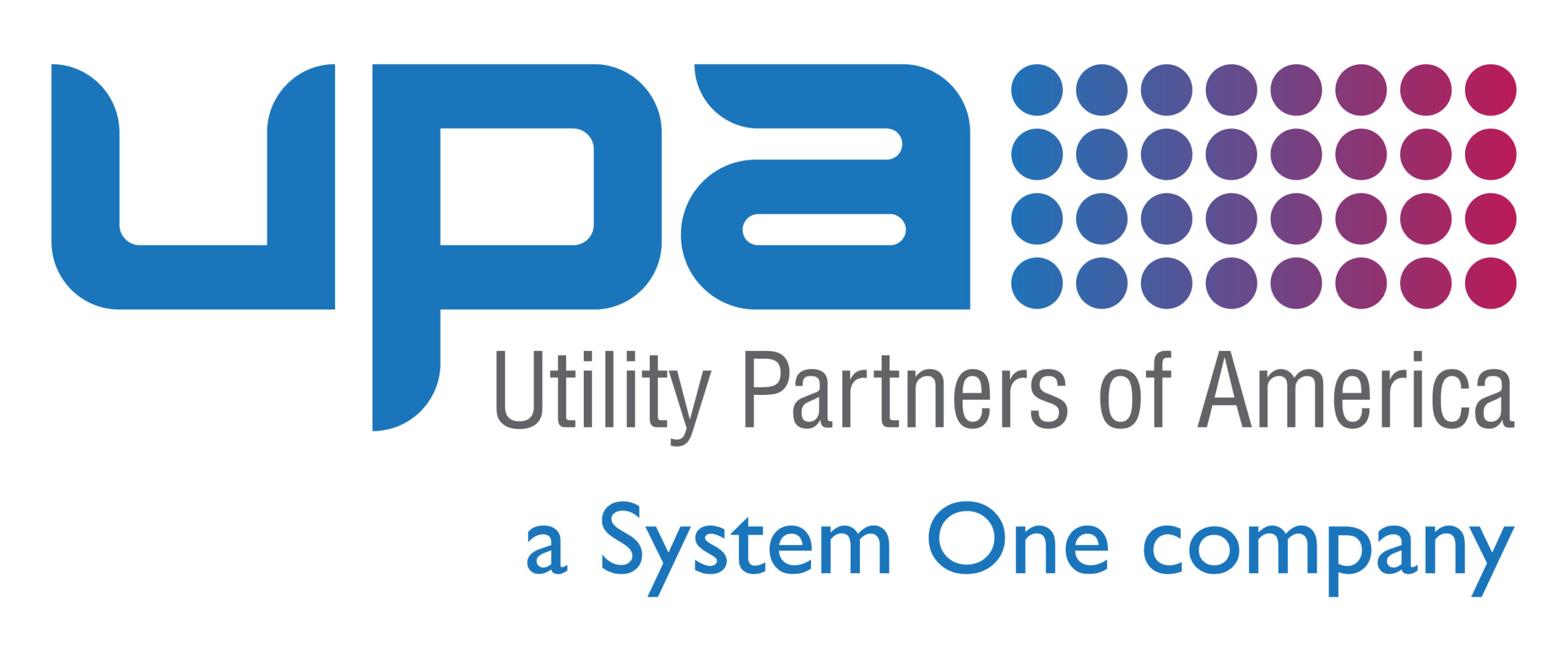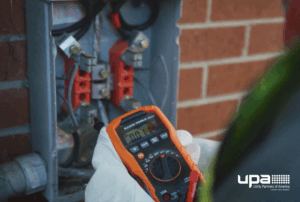The country’s utility infrastructure, the foundation of American livelihood, is a rapidly aging asset. Just how close to end-of-life are many of our infrastructure’s critical components? Here’s a snapshot: Citing a 2015 study from the U.S. Department of Energy, reports show that 70% of power transformers are at least 25 years old, more than 60% of circuit breakers are a minimum of 30 years old and about 70% of transmission lines are 25 years or older.
Of course, the maturity of our infrastructure is hardly news to industry leaders. Around the time of that U.S. Department of Energy study, Utility Dive surveyed a collection of executives on the top challenges facing the electric industry. Aging infrastructure topped the list of all answers given. Updating infrastructure will certainly require a significant financial investment. Wise utility companies understand that some moves are more important than others. If your utility company is striving for improvement, here are a few ideas for strategies to upgrade the nation’s aging infrastructure. And also to improve vulnerabilities.
Think through your protective devices
In terms of overcurrent protective devices, utility companies will commonly use power fuses on small- and medium-sized transformers. These parts play a key role and offer a cost-effective way to provide protection for faults occurring between the fuse and the nearest secondary protective device. However, they are only good to use once, which means they’ll need replacing after each interruption. That limitation has led utility companies to go in another direction.
Related: Proactive Equipment Checks: A Lifeline for Your Business
As a result, circuit breakers and circuit switchers have become a popular pick for protection. Modern forms of this protective equipment are capable of automatically disconnecting from the system as soon as the equipment detects a problem. This will safeguard employees tasked with working around the equipment and help to reduce the length of an outage. It will also better contain the number of affected customers.
Harness the power of technology to improve operations
Cliché as it sounds, utility companies are finding ways to work smarter, not harder, and are realizing the most monumental improvements to utility infrastructure. One particular company along the U.S. eastern seaboard, which dealt with major outages in the aftermath of 2012’s Hurricane Sandy, has used technology to revolutionize many of its operations. More than 250 of its most valuable customers including hospitals, police stations, and other vital contributors to the area’s well-being, lost power at a time when local residents needed them the most.
Since then, the company has invested nearly $100 million in technology to reduce the impact of outages. Automated devices now enable the company to control more of its equipment remotely, which can considerably shorten the duration of a power outage.
Evaluate beyond just age
When you have a system older than the people that work on it, it’s easy to assume the oldest pieces are the ones to update. But age isn’t the only factor when deciding where and what to upgrade. When you’re spending money, it’s best to look for system components that aren’t forward compatible. Take the time to assess your infrastructure for parts that aren’t capable of doing anything more than they already are. Replacing those pieces with ones that will allow for more efficient or effective operations in the future.
Related: Upgrading Infrastructure is a Smart Decision
Lean on analytics to inform your decisions
As we mentioned earlier, technology has changed the way utility companies are improving infrastructure. It’s also altered how they decide what to improve. In the past, these companies had only basic information to rely on. Such as the number of times there was an outage, or the duration of the outage, and which part caused the breakdown.
Related: EV Charging Stations: Developing Strong Infrastructure
The world of data accumulation has provided access to all kinds of new data points. Among other things, big data can improve grid management after a storm. It can also help to calculate the risk of asset failure. Before making any decisions about where, why, or when to improve its infrastructure, utility companies should always review the data.
As a partner of utilities and energy co-ops for more than 20 years, Utility Partners of America can recognize the challenges that our aging infrastructure presents, and we want to help. To learn how we can assist your organization, contact us today.




